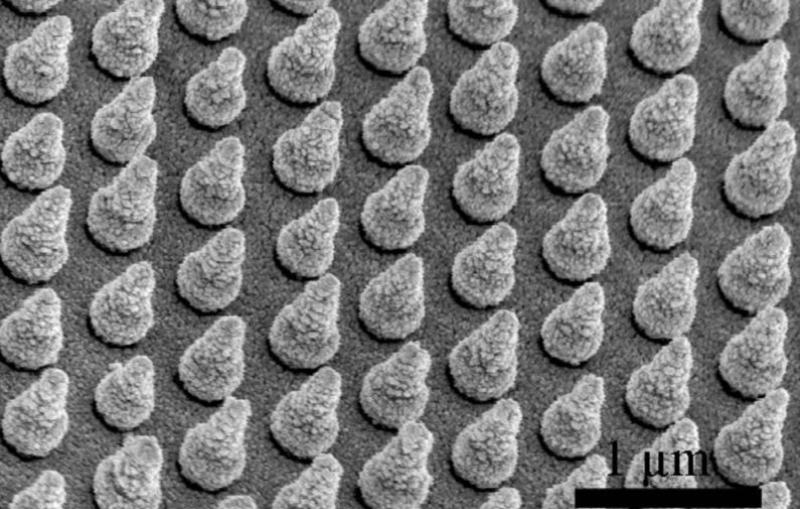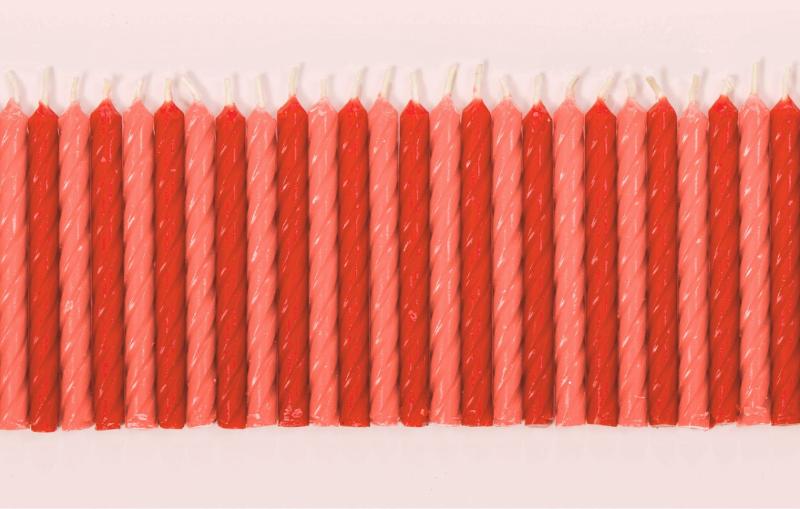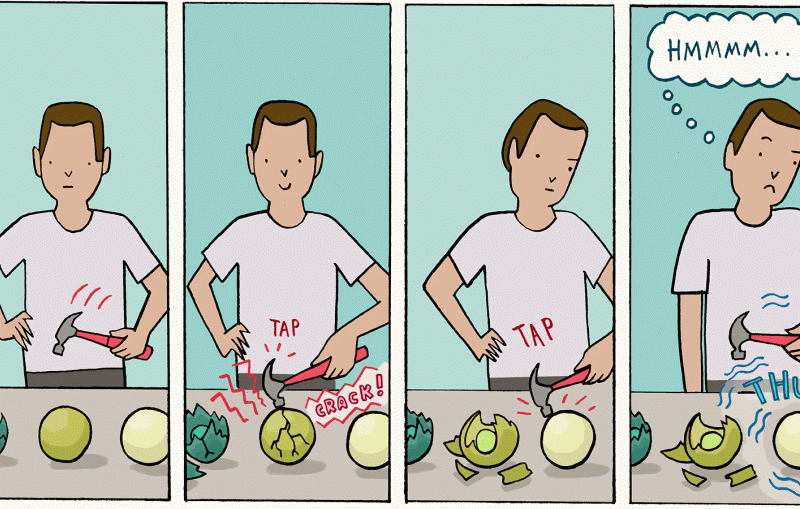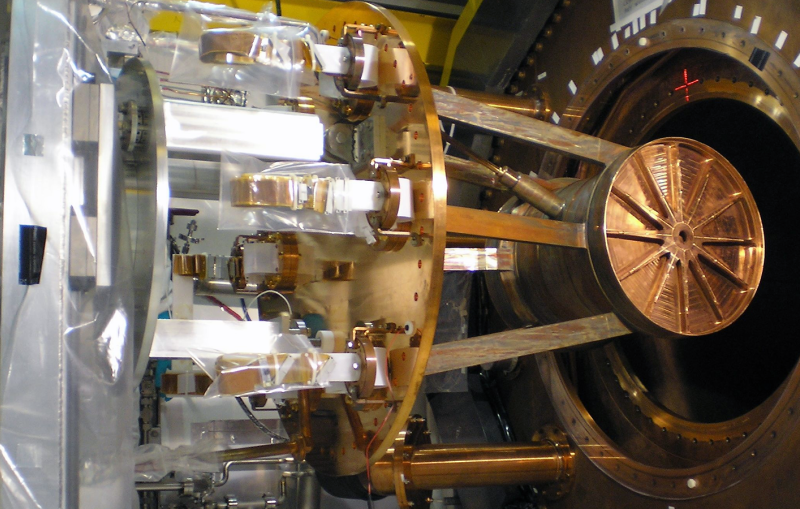News Feature
VIA Stanford News
Researchers Find New Way of Making Hydrogen Fuel from Water and Improve Grid-scale Batteries






The latest news about SLAC research, science programs, facilities and people.
More on our News Center and Media Resources pages





